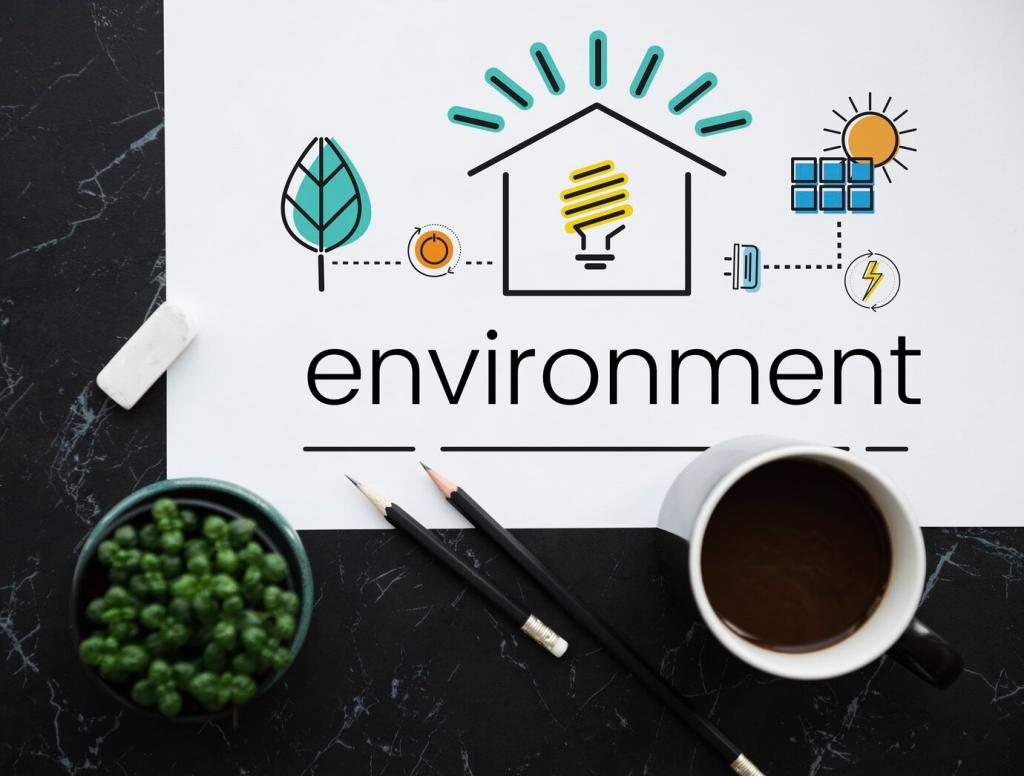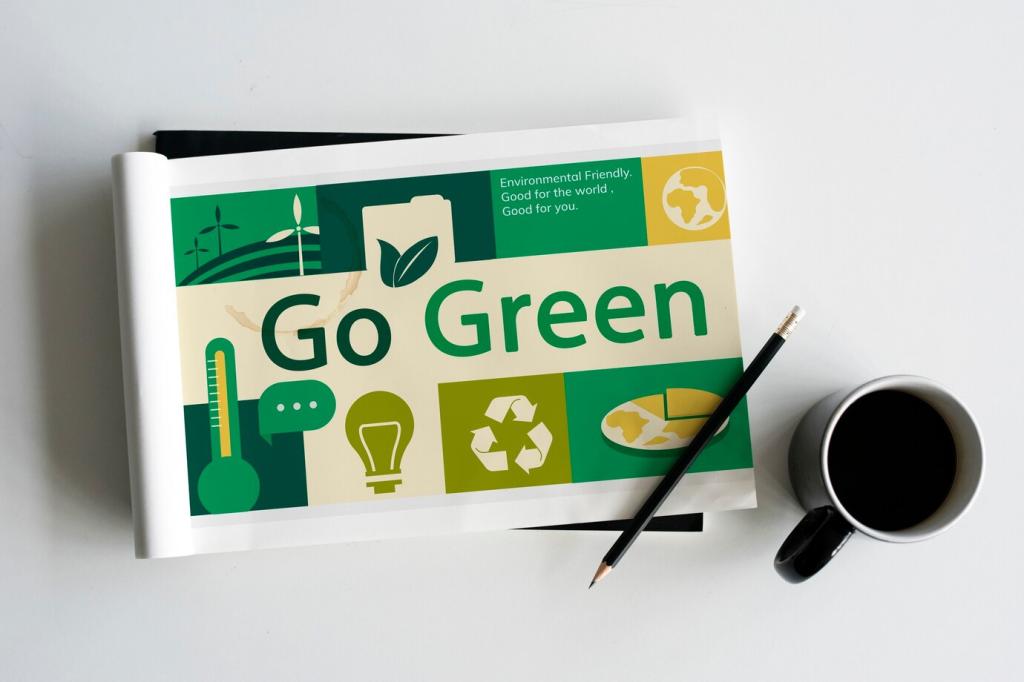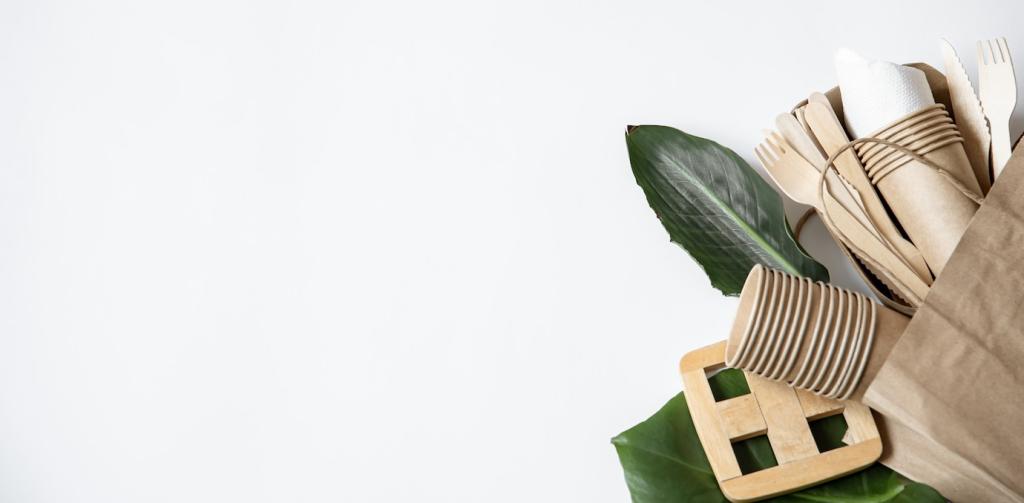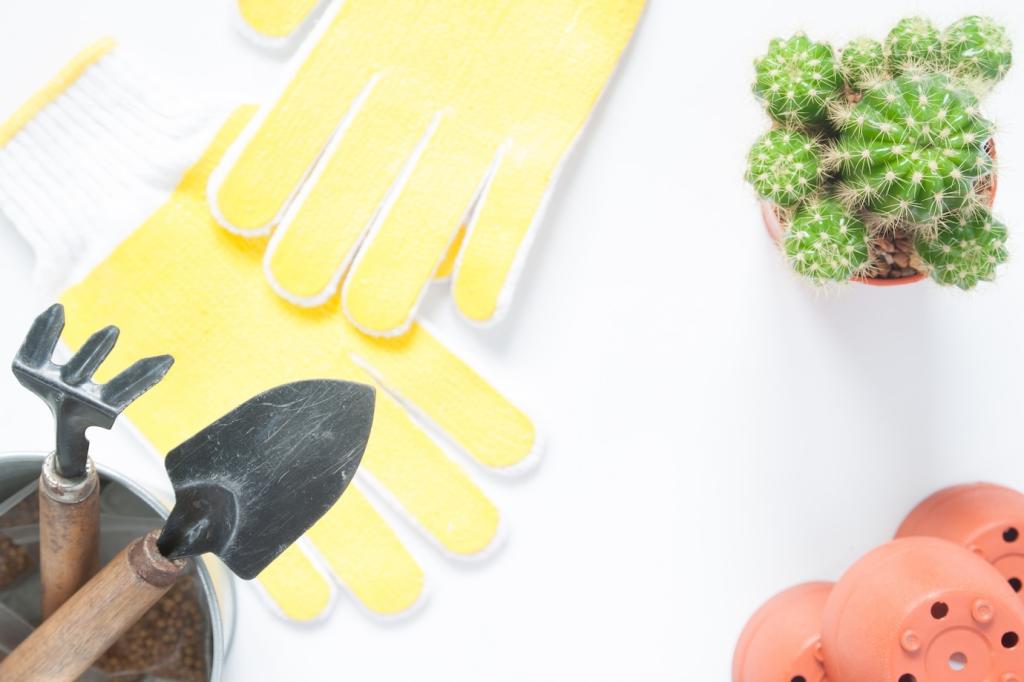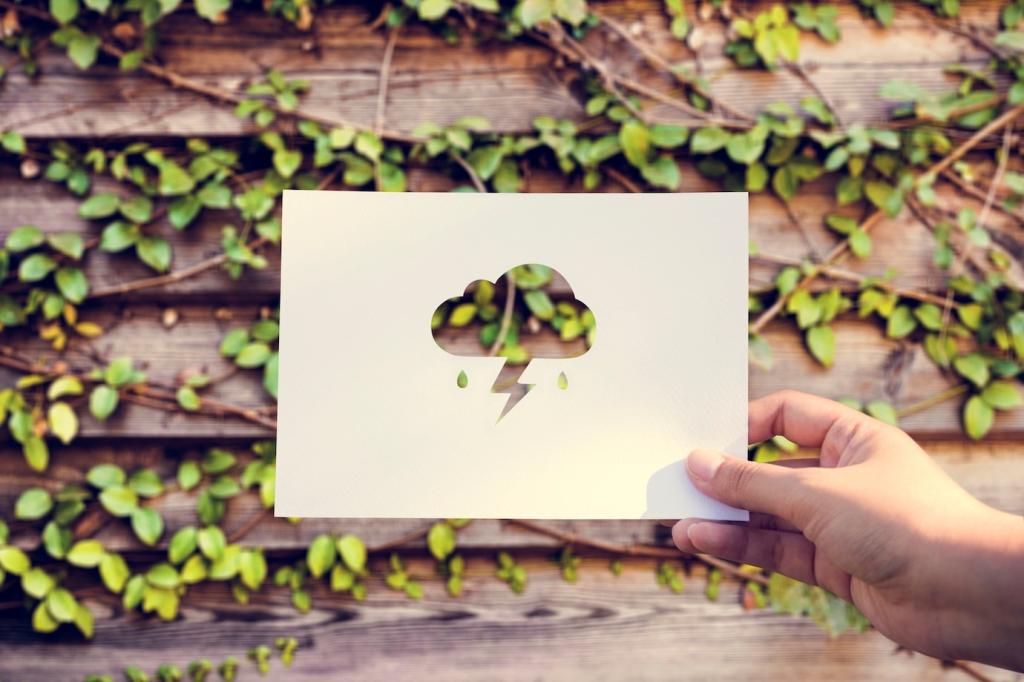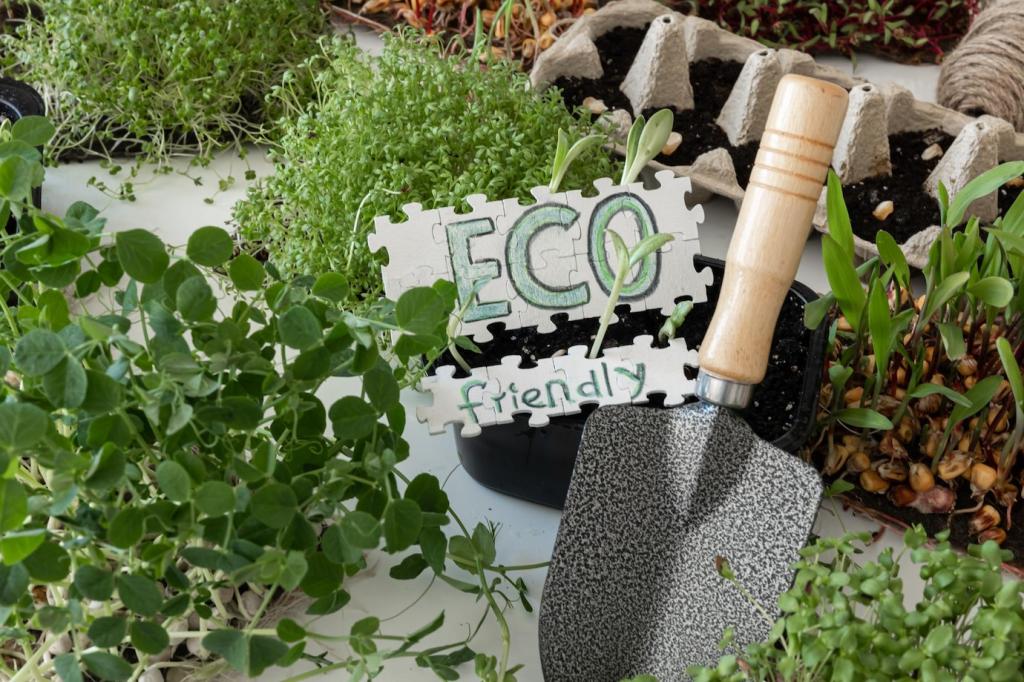Habits That Save Time and Waste
Set a timer, vacuum upholstery seams, dust flat surfaces, and spot-check handles and arms. This quick cadence prevents grime build-up, cuts chemical dependency, and turns cleaning into a predictable, low-waste rhythm you can actually maintain and enjoy.
Habits That Save Time and Waste
Blot immediately, identify the material, choose the mildest cleaner, then patch-test. Document what worked on a small card inside your supply caddy. That little record keeps you calm during mishaps and prevents wasteful repeat experiments later.




